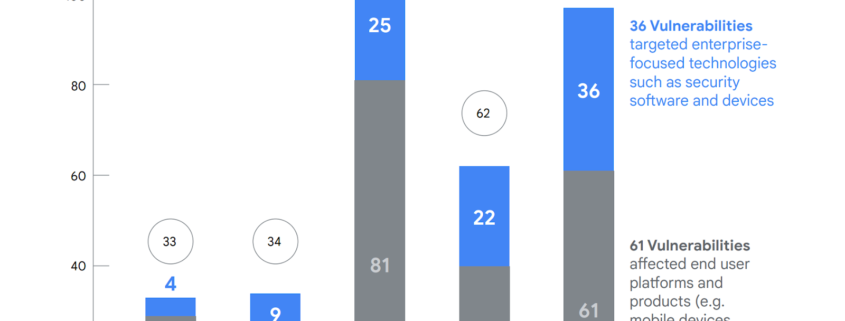Alert: Pixel Phones’ Exploited Android Zero-Day Flaw Patched
In the realm of smartphone security, the recent spotlight has fallen on Google Pixel devices, where two zero-day vulnerabilities have been unearthed and promptly addressed by Google. As per recent reports, the Android zero-day flaw, and others like it, were exploited by forensic firms, shedding light on the intricacies of smartphone security and the measures taken to safeguard user data and protect against these mobile security risks.
Exploited Vulnerabilities, Unique Fixes
Google Pixel phones, although running on the Android operating system, operate under a distinct update mechanism. Unlike other Android devices, Pixels receive tailored updates owing to their specialized hardware platform directly managed by Google. This bespoke approach ensures that Pixel users benefit from exclusive features and heightened security measures.
In the latest security bulletin for April 2024, while the broader Android ecosystem didn’t face significant threats, Pixel devices faced active exploitation of two vulnerabilities: CVE-2024-29745 and CVE-2024-29748. These vulnerabilities posed risks of vulnerability disclosure and elevation of privilege, respectively, highlighting the intricate nature of smartphone security.
A Peek into the Android Zero-Day Flaw
Forensic companies, adept at navigating device vulnerabilities, seized upon these flaws to unlock Pixel phones and access their stored data without the need for PIN authentication. GrapheneOS, a renowned name in privacy-focused Android distributions, uncovered these exploits, shedding light on the clandestine world of smartphone security breaches.
CVE-2024-29745, identified as a high-severity information disclosure flaw in the Pixel’s bootloader, and CVE-2024-29748, characterized as an elevation of privilege bug in the Pixel firmware, were the focal points of exploitation. These Zero-day exploits enabled unauthorized access to device memory, raising concerns regarding data integrity and user privacy.
Patching the Android Zero-Day Flaw in Pixel Phones
Responding swiftly to the looming threat, Google deployed fixes aimed at patching vulnerabilities. By implementing measures such as zeroing memory during booting and restricting USB…





